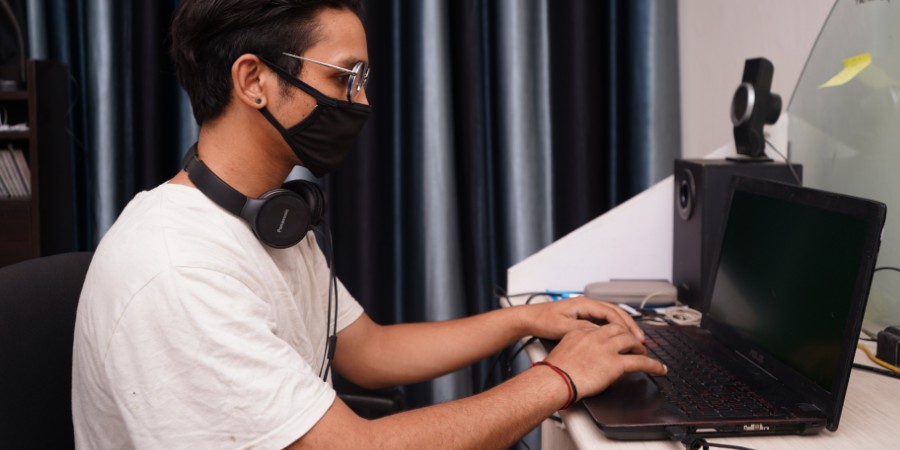Handling current workplace dynamics with animation

The ever-changing news of COVID-19 is a bit distracting – many working professionals are struggling to determine appropriate types of content and interactions.
Sensing and shaping post COVID-19 era
COVID-19 and containment policies that are aimed at controlling the crisis have changed the way we work and what we consume.
Rather than hunkering down and waiting for the order to be established, companies now need to shape their perspectives and show a greater focus on crisis preparedness, building resilient systems, social solidarity and provide better access to healthcare.
Just as digital collaboration tools have paved their way, animation holds the potential to enhance the reception level of trainees and learners. Especially in trainings that require effective knowledge transfer and understanding.
Be it the presentations or the trainings, traditional methods are not feasible nowadays and that has a lot to do with being proactive employee safety.
Within these times, having productive conversations and evaluation of workplace activities, checking their influence on health and safety compliances and legislations can create organizational resilience to the rapidly changing landscape.
Be it money or the way employees feel about the workplace, each incident of non-compliance costs more than just the incident itself. Employees hammered with slide after slide of pouring information, bored to the core, can’t be labelled as successfully trained individuals. In other words, there are interesting ways to say and discuss something that is boring. EHS trainings have the reputation of being tedious because rules themselves are.
But animation-based trainings are termed as being ‘visually captivating’ and ‘result-oriented’ by many industry professionals – they do not impede the learning flow and aren’t much of a strain.
Looking at patterns and ways to reduce learning friction
A pressing need to move face-to-face training sessions to online mode is triggered as people work from home. In this endeavour, just putting slide decks or PDF resources will not fulfil the training necessity – they aren’t completely successful in creating the impact organization seeks (recall and retention).
Animated videos that offer curated content from internal knowledgebase feature shorter, focussed and action-oriented learning.
It fulfils the essential needs and more emphasis is on supporting remote learners in –
- Resources for reinforcement
- Just-in-time learning aids
- Ongoing work challenges
- Practice zones
- Learning connects
Moreover, it saves the time and effort of a physical person, who otherwise needs to be on toes in providing trainings. Simple presentations and resources can be converted into interactive audio-visuals that contain background music, professional narration and rich media.
A crucial aspect is not to maintain focus on just training completion rates, but goes far beyond that. Skill and competency-building can demonstrate value for remote workers and businesses. Even if the trainings demand micro learning, one should opt for the same as sustainable long-term solutions should be the ultimate goal.
What was perceived as being important and relevant in terms of risk half a year ago are replaced by new, emerging risks that developed as part of the pandemic.
In the pre-Covid-19 days, many companies that have not taken giant leaps into transforming their workplace scenarios are considering doing some small pilots to try out technology and find something that works.
Now that industries can find time to rest and contemplate, their future focus should aggregate solutions that drive sustainability and safety. It is wise to try and adopt best practices of coordination.


